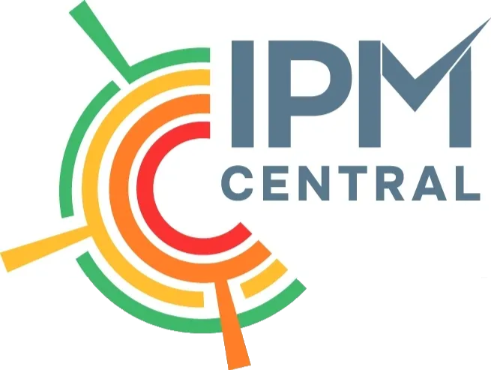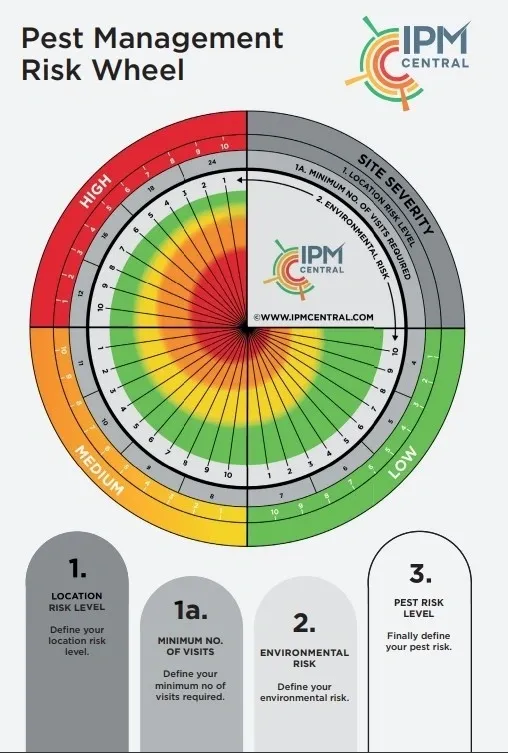Pest Risk Management
business or brand
Pet Risk
Management
When considering any proactive specification and certainly before carrying out any treatment (by which time the pest is present), it is essential to establish a number of key factors in order to establish the most effective, least environmentally impacting and long-lasting control options.

Lorum Ipsum
Dollar simut
P – Pest potential
What pest(s) may become active and in what potential numbers? Also are non-target species at risk?
E – Environment
What are the primary location where pests may become active and what are the conditions on site which may allow pest(s) to survive and breed?
S – Source
What is the potential for pests to access the location (increasingly referred to as ROOT CAUSE analysis (RCA)).
T – Threat
What is the consequential risk of having pests active within a business or building? This is the usual true cost of pest management or pest control, not the cost of treatment, but the time taken to review and eliminate the issue.
Join IPM today!
Lorum Ipsum
Lorum Ipsum
The purpose of a pest risk impact assessment is to create an understanding of site-specific pest data that will inform decision makers of the nature and potential consequence of entry, establishment, spread and impact.
Pest risk assessments provide the systematic basis for the evaluation of risks posed to human multi-occupancy inhabited environments by pests – including rodents, insects and plants.’ (Morgan et al., 2010).


Lorum Ipsum
Lorum Ipsum
Added to this the effectiveness of control-based strategies to reduce risk management decisions. e.g. non-chemical, non-lethal, physical or chemical based treatments.
This bespoke strategy needs to consider both control of any actual activity and to reduce the future pest risk. The outcome allows a set of risk reducing options (RROs)
CONTENT DUMP FROM DOCX / NOTES
[S15]Pest Risk Management
Insights into how pests could damage your building, business or brand
When considering any proactive specification and certainly before carrying out any treatment (by which time the pest is present), it is essential to establish a number of key factors in order to establish the most effective, least environmentally impacting and long-lasting control options.
P- Pest potential. What pest(s) may become active and in what potential numbers? Also are non-target species at risk?
E- Environment. What are the primary location where pests may become active and what are the conditions on site which may allow pest(s) to survive and breed?
S- Source. What is the potential for pests to access the location (increasingly referred to as ROOT CAUSE analysis (RCA)).
T- Threat. What is the consequential risk of having pests active within a business or building? This is the usual true cost of pest management or pest control, not the cost of treatment, but the time taken to review and eliminate the issue.
The purpose of a pest risk impact assessment is to create an understanding of site-specific pest data that will inform decision makers of the nature and potential consequence of entry, establishment, spread and impact.
‘Pest risk assessments provide the systematic basis for the evaluation of risks posed to human multi-occupancy inhabited environments by pests – including rodents, insects and plants.’ (Morgan et al., 2010).
Added to this the effectiveness of control-based strategies to reduce risk management decisions. e.g. non-chemical, non-lethal, physical or chemical based treatments.
This bespoke strategy needs to consider both control of any actual activity and to reduce the future pest risk. The outcome allows a set of risk reducing options (RROs)
– Pest Risk Wheel (www.ipmcentral.com/pest-risk-wheel)

